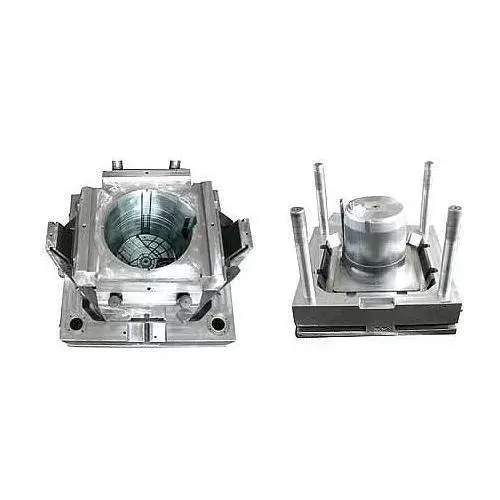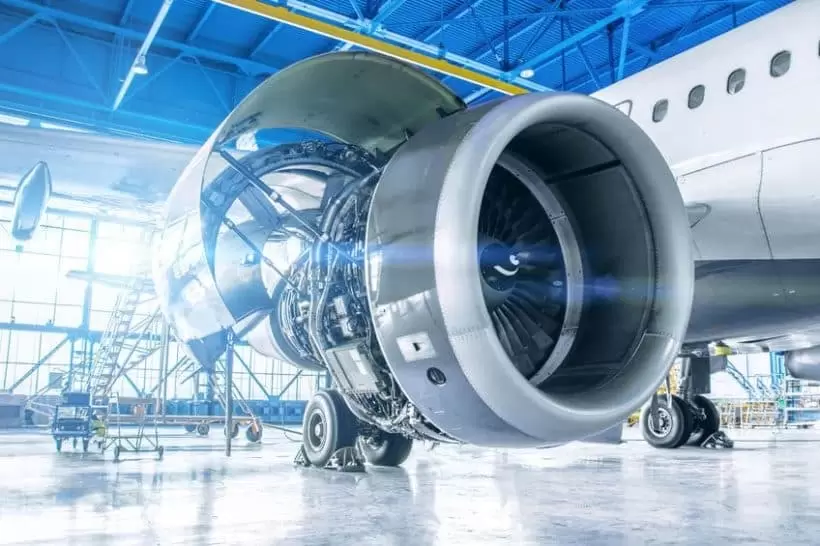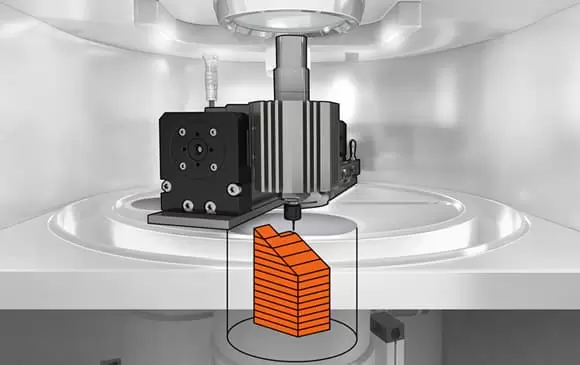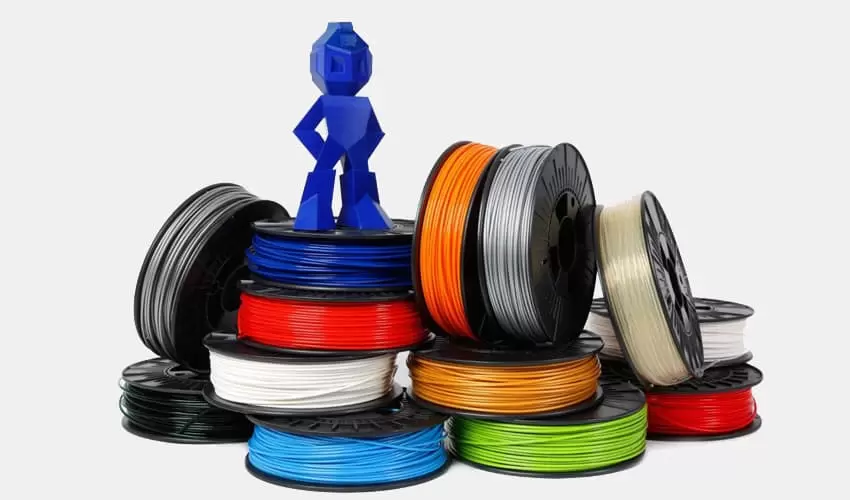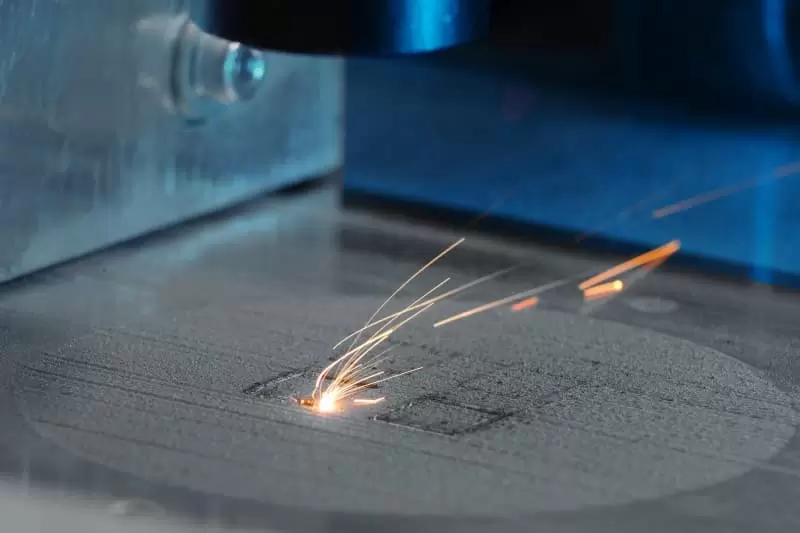Table of Contents:
- Introduction
- Types of Pet Injection Molds
- Key Components of Pet Injection Molds
- Pet Injection Mold Design Considerations
- Pet Injection Mold Maintenance and Troubleshooting
- Applications of Pet Injection Molds
- Future Trends and Developments in Pet Injection Molds
- Conclusion
-
1.Introduction
Pet injection molds, also known as PET preform molds, are specialized tools used to produce preforms or finished products made of polyethylene terephthalate (PET) thermoplastic resin. These molds are used in the pet injection molding process, where molten PET material is injected into a mold cavity, cooled, and solidified to form a product. Pet injection molding is widely used in the production of bottles, containers, and other PET products due to its high efficiency, precision, and cost-effectiveness. The design and manufacture of pet injection molds require advanced engineering expertise and specialized equipment to ensure the highest quality and performance of the finished products.
-
2.Types of Pet Injection Molds
Pet injection molds come in various types, each with unique features and advantages. Here are the four most common types of pet injection molds:
- Single-stage Pet Injection Molds:Single-stage pet injection molds are designed to produce finished products in one step. The process involves injecting molten PET material directly into the mold cavity, which is then cooled and solidified to produce a finished product. Single-stage molds are commonly used in the production of small to medium-sized products, such as bottles and containers, and are favored for their simplicity, speed, and cost-effectiveness.
- Two-stage Pet Injection Molds:Two-stage pet injection molds are used to produce preforms that are then blown into finished products. In the first stage, a preform is created by injecting molten PET material into the mold cavity. The preform is then removed from the mold, cooled, and stored until it is ready for the second stage. In the second stage, the preform is reheated and blown into the desired shape to create a finished product. Two-stage molds are commonly used in the production of large or complex products, such as containers and jars.
- Hot Runner Pet Injection Molds:Hot runner pet injection molds are designed to reduce cycle time and improve product quality. In hot runner molds, the mold cavity is heated by a series of heaters, allowing the PET material to flow more quickly and efficiently. This reduces the cooling time required for the material to solidify, increasing production speed and reducing energy costs. Hot runner molds are commonly used in the production of high-precision products, such as medical devices and electronic components.
- Cold Runner Pet Injection Molds:Cold runner pet injection molds are used to reduce material waste and production costs. In cold runner molds, the PET material is injected into the mold cavity through a series of channels or runners, which are then separated from the finished product. The leftover material can be reused in subsequent production runs, reducing material waste and saving costs. Cold runner molds are commonly used in the production of large products, such as automotive parts and appliances.
-
3.Key Components of Pet Injection Molds
Pet injection molds consist of several key components that work together to produce high-quality products. Here are the four most important components of pet injection molds:
- Injection Unit:The injection unit is responsible for melting and injecting the PET material into the mold cavity. The unit typically includes a hopper to hold the raw material, a heating system to melt the material, and a screw or plunger to inject the molten material into the mold. The injection unit must be precise and consistent to ensure the highest quality and consistency of the finished products.
- Clamping Unit:The clamping unit is responsible for holding the mold closed during the injection and cooling process. It consists of a moving and stationary platen that clamp the mold cavity shut with great force. The clamping unit must be sturdy and durable to withstand the high pressures and forces generated during the injection process.
- Mold Cavity:The mold cavity is the space within the mold where the PET material is injected and solidified to produce the finished product. The mold cavity must be designed with precise dimensions and surface finishes to ensure the product’s accuracy and quality. The cavity can be made of various materials, such as steel or aluminum, depending on the production requirements.
- Cooling System:The cooling system is responsible for rapidly cooling and solidifying the molten PET material to form the finished product. The cooling system typically includes a series of water channels or cooling plates that circulate cool water or a cooling agent around the mold cavity. The cooling system must be carefully designed and controlled to ensure that the product is cooled evenly and at the right speed to avoid defects or deformities in the finished product.
-
4.Pet Injection Mold Design Considerations
Pet injection mold design is a critical aspect of the pet injection molding process. The design of the mold can impact the product’s quality, consistency, and production efficiency. Here are four key design considerations for pet injection molds:
- Mold Size and Shape:The size and shape of the mold must be carefully designed to meet the product’s specifications and production requirements. The mold size and shape will affect the production speed, material usage, and cooling time of the finished product. The mold design must also consider factors such as draft angles, undercuts, and parting lines to ensure that the product can be easily removed from the mold.
- Material Selection:The selection of materials for the mold must consider factors such as durability, strength, and resistance to wear and tear. The material selection will affect the mold’s lifespan and maintenance requirements. Common materials used for pet injection molds include steel, aluminum, and copper alloys.
- Surface Finish and Texture:The surface finish and texture of the mold can impact the product’s appearance and functionality. The mold surface must be carefully designed to ensure that the finished product has a consistent surface finish and texture. The surface finish and texture can also affect the mold’s release properties and the ease of product removal.
- Runner System Design:The runner system design will affect the flow of the molten material through the mold cavity. The runner system design must consider factors such as flow rate, pressure, and cooling time to ensure that the product is produced with the desired quality and consistency. The runner system design can also affect the production efficiency and material usage of the finished product.
-
5.Pet Injection Mold Maintenance and Troubleshooting
Maintaining pet injection molds is essential to ensure that the molds produce high-quality products consistently. Here are three key aspects of pet injection mold maintenance and troubleshooting:
- Cleaning and Lubrication:Pet injection molds must be cleaned and lubricated regularly to prevent buildup of debris or material residue, which can affect the mold’s functionality and the quality of the finished product. Mold cleaners and lubricants must be selected carefully to avoid damaging the mold or affecting the finished product.
- Inspection and Repair:Pet injection molds must be inspected regularly to identify any wear and tear, cracks, or other damage that may affect the mold’s performance. Any issues must be addressed promptly to prevent further damage or defects in the finished product. Repairs may include polishing, welding, or replacing components of the mold.
- Common Issues and Solutions:Some common issues that may arise during pet injection molding include flashing, sink marks, warping, and ejector pin marks. These issues can be caused by factors such as improper mold design, poor cooling, or incorrect processing conditions. Troubleshooting may involve adjusting processing parameters, modifying the mold design, or improving cooling or venting systems.
In summary, pet injection mold maintenance and troubleshooting are critical aspects of the pet injection molding process. By ensuring that molds are cleaned, lubricated, inspected, and repaired as needed, manufacturers can produce high-quality pet products consistently and efficiently.
-
6.Applications of Pet Injection Molds
Pet injection molds are widely used in the production of various pet products. Here are three common applications of pet injection molds:
- Bottles and Containers:Pet injection molds are commonly used to produce bottles and containers for the food and beverage industry. These products must meet strict standards for durability, hygiene, and safety. Pet injection molding allows for the production of high-quality, lightweight, and transparent bottles and containers at a high volume.
- Preforms:Pet injection molds are also used to produce preforms, which are then blow-molded into bottles or containers. Preforms are typically produced in large quantities and stored for future use. Pet injection molding allows for the production of preforms with precise dimensions and surface finishes, ensuring consistent quality in the finished products.
- Other Pet Products:Pet injection molds are used to produce a wide range of other pet products, such as pet bowls, toys, and grooming tools. These products may have complex shapes and designs that require precise molding techniques. Pet injection molding allows for the production of high-quality, durable, and safe pet products with consistent quality and efficiency.
In summary, pet injection molds are used in the production of various pet products, including bottles and containers, preforms, and other pet accessories. Pet injection molding allows for the production of high-quality, consistent, and efficient pet products that meet the strict standards of the industry.
-
7.Future Trends and Developments in Pet Injection Molds
The pet injection molding industry is constantly evolving, with new trends and technological advancements shaping the future of pet injection molds. Here are two key areas of future trends and developments in pet injection molds:
- Industry Trends:The pet industry is growing rapidly, driven by increasing pet ownership and demand for high-quality pet products. This trend is expected to continue in the coming years, creating opportunities for innovation and growth in the pet injection molding industry. As the industry grows, manufacturers may need to adapt to changing consumer preferences and regulations, such as those related to sustainability and recycling.
- Technological Advancements:Advances in technology are driving innovation and efficiency in pet injection molding. For example, new materials and manufacturing techniques are allowing for the production of more complex and precise molds, while automation and data analysis tools are improving production efficiency and quality control. Other technological developments, such as 3D printing and artificial intelligence, may also have a significant impact on the pet injection molding industry in the coming years.
In summary, future trends and developments in pet injection molds are driven by industry growth and technological advancements. Manufacturers must stay informed of these trends and adapt their operations to remain competitive and meet the evolving needs of the pet industry.
-
8.Conclusion
In conclusion, pet injection molds are essential components in the pet industry, enabling the production of high-quality and durable pet products. Key components of pet injection molds include the injection unit, clamping unit, mold cavity, and cooling system. The design of pet injection molds is critical, and factors such as mold size and shape, material selection, surface finish, and runner system design must be carefully considered.
Regular maintenance and troubleshooting of pet injection molds are essential to ensure consistent product quality and prevent issues such as flashing, sink marks, warping, and ejector pin marks. Pet injection molds have a wide range of applications, including the production of bottles, containers, preforms, and other pet products.
As the pet industry continues to grow, manufacturers must stay informed of industry trends and technological advancements to remain competitive and meet evolving consumer demands. The future of pet injection molds is likely to be shaped by factors such as sustainability, automation, and new materials and manufacturing techniques.
In summary, pet injection molds play a critical role in the pet industry, and their importance is expected to continue to grow in the coming years. By prioritizing proper mold design, maintenance, and staying up-to-date with industry trends, manufacturers can produce high-quality and innovative pet products that meet the needs of consumers and the industry alike.
